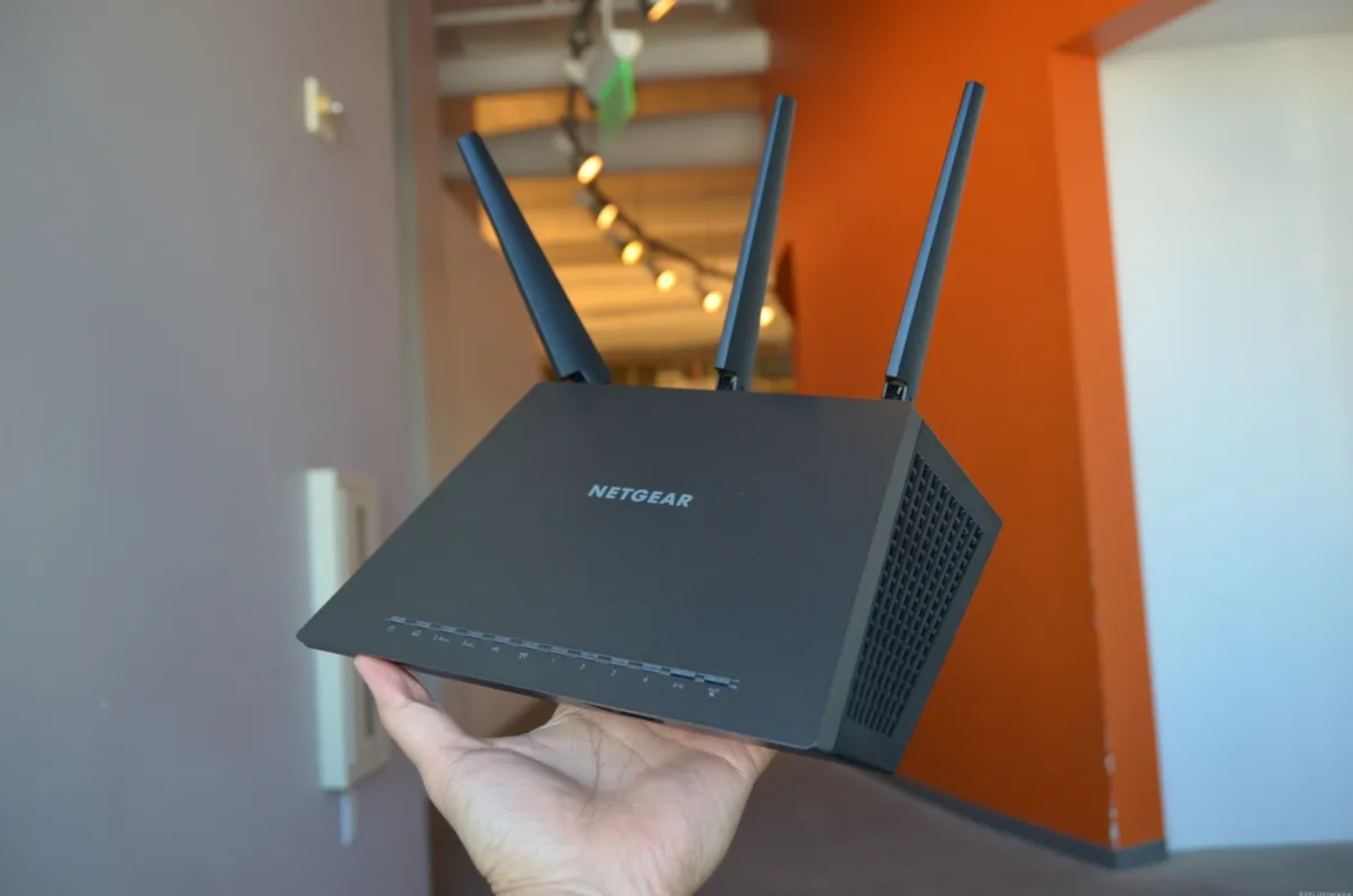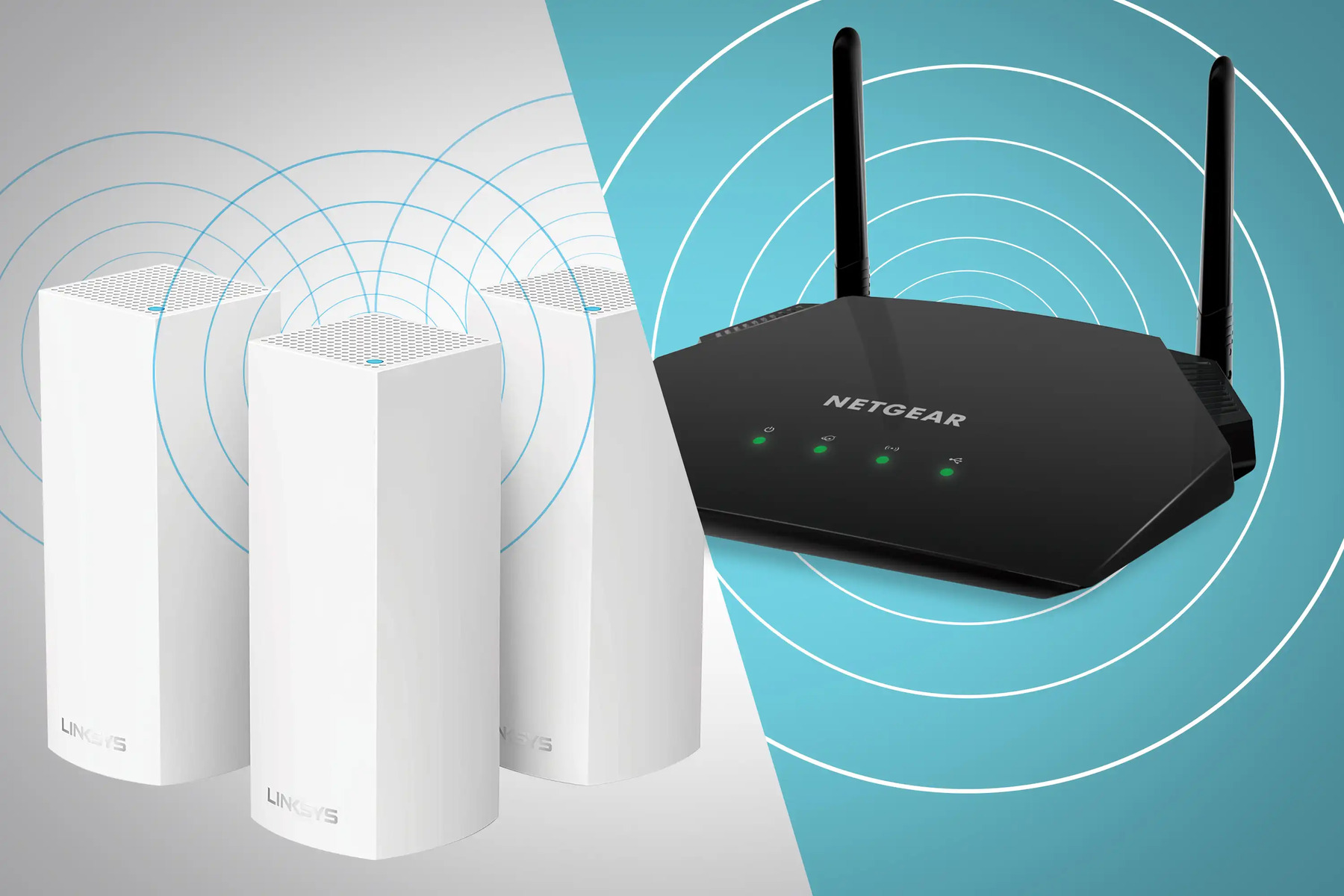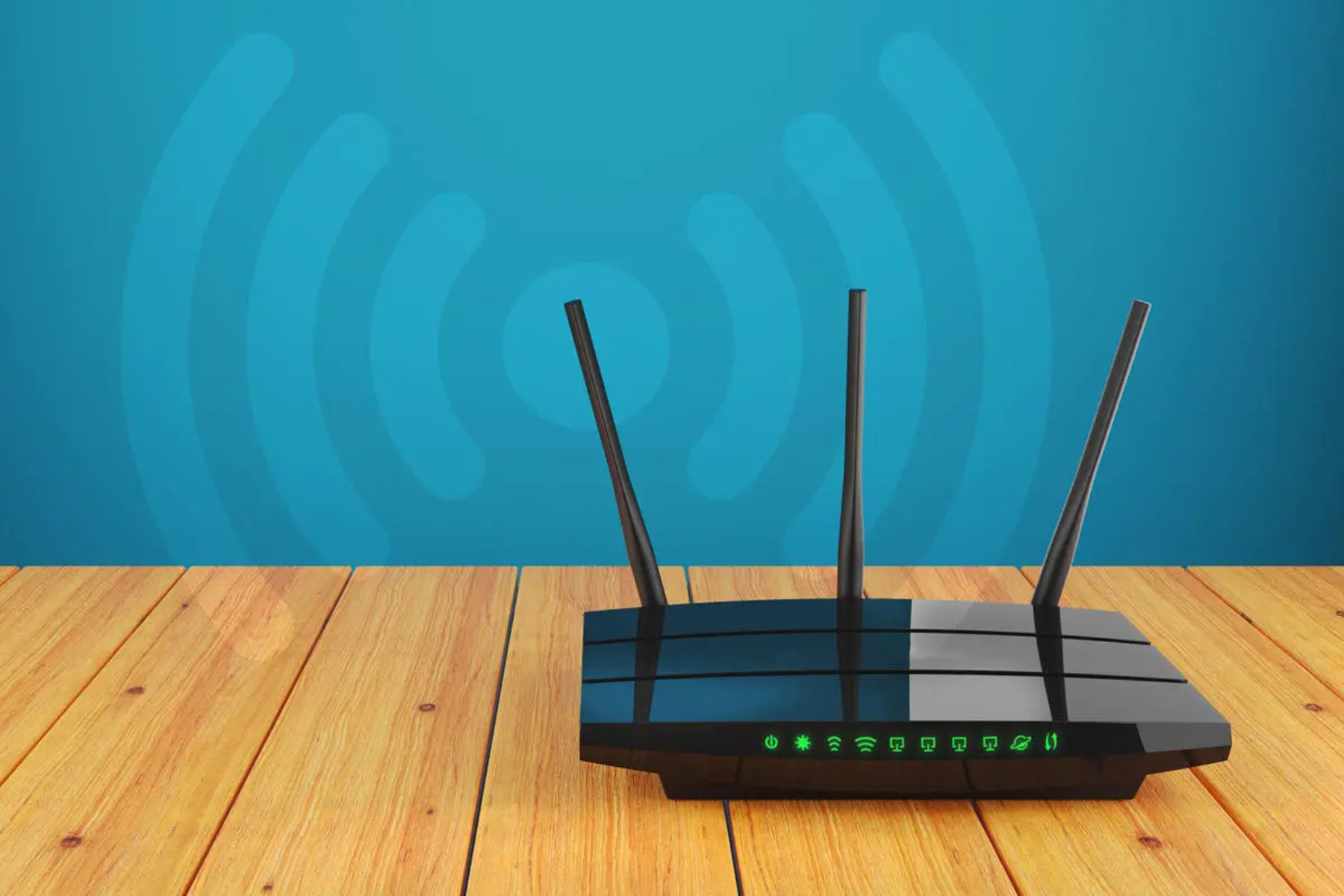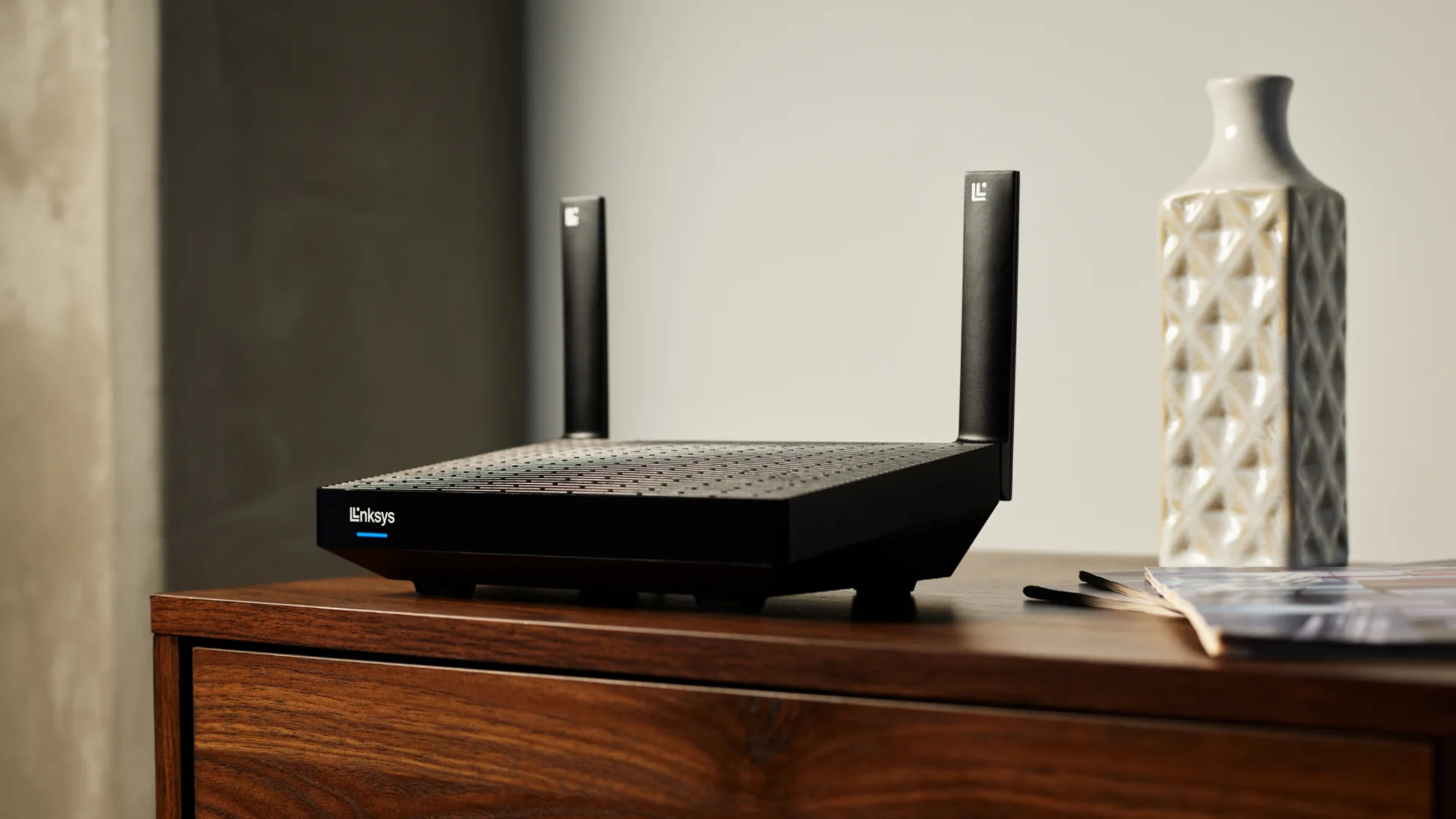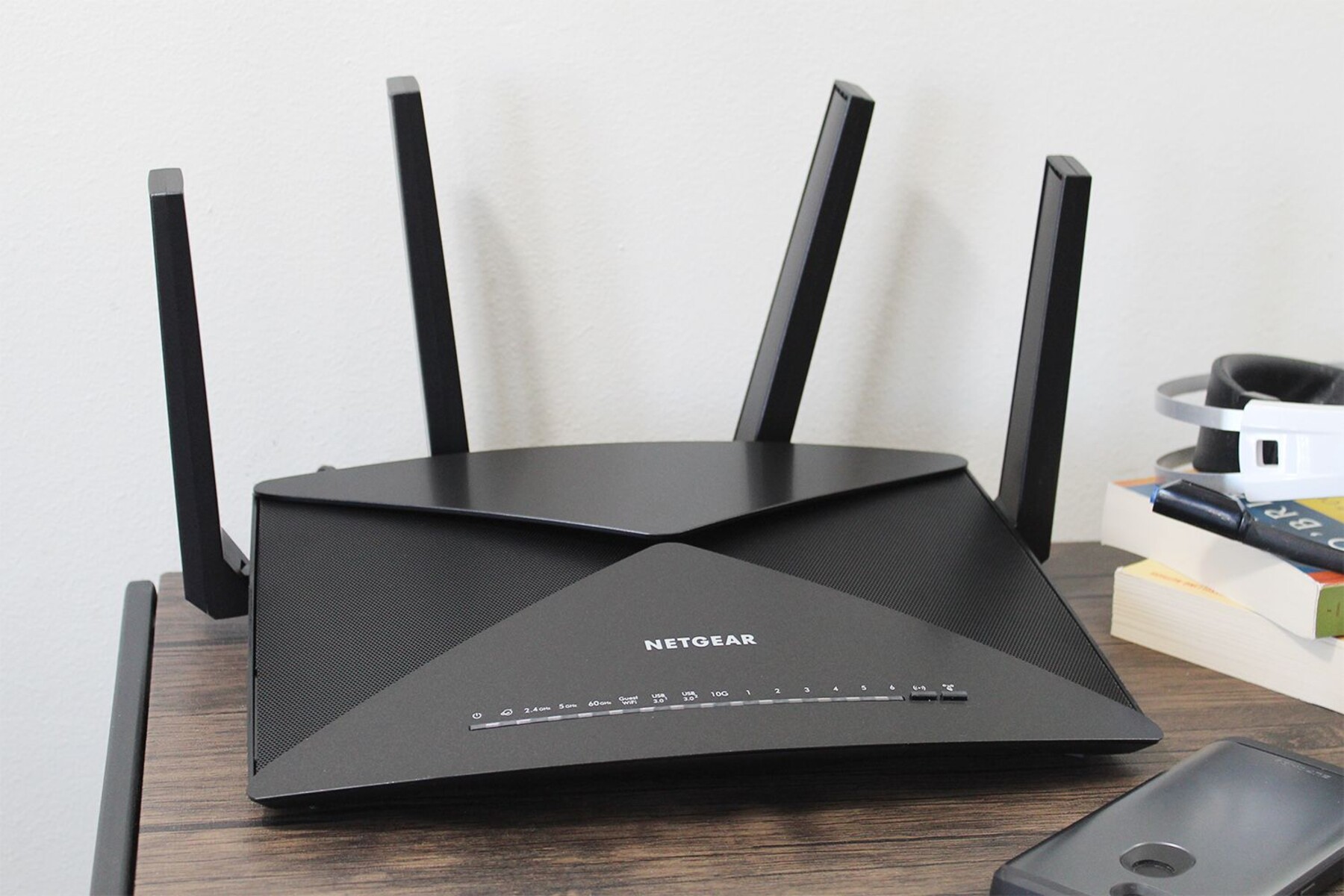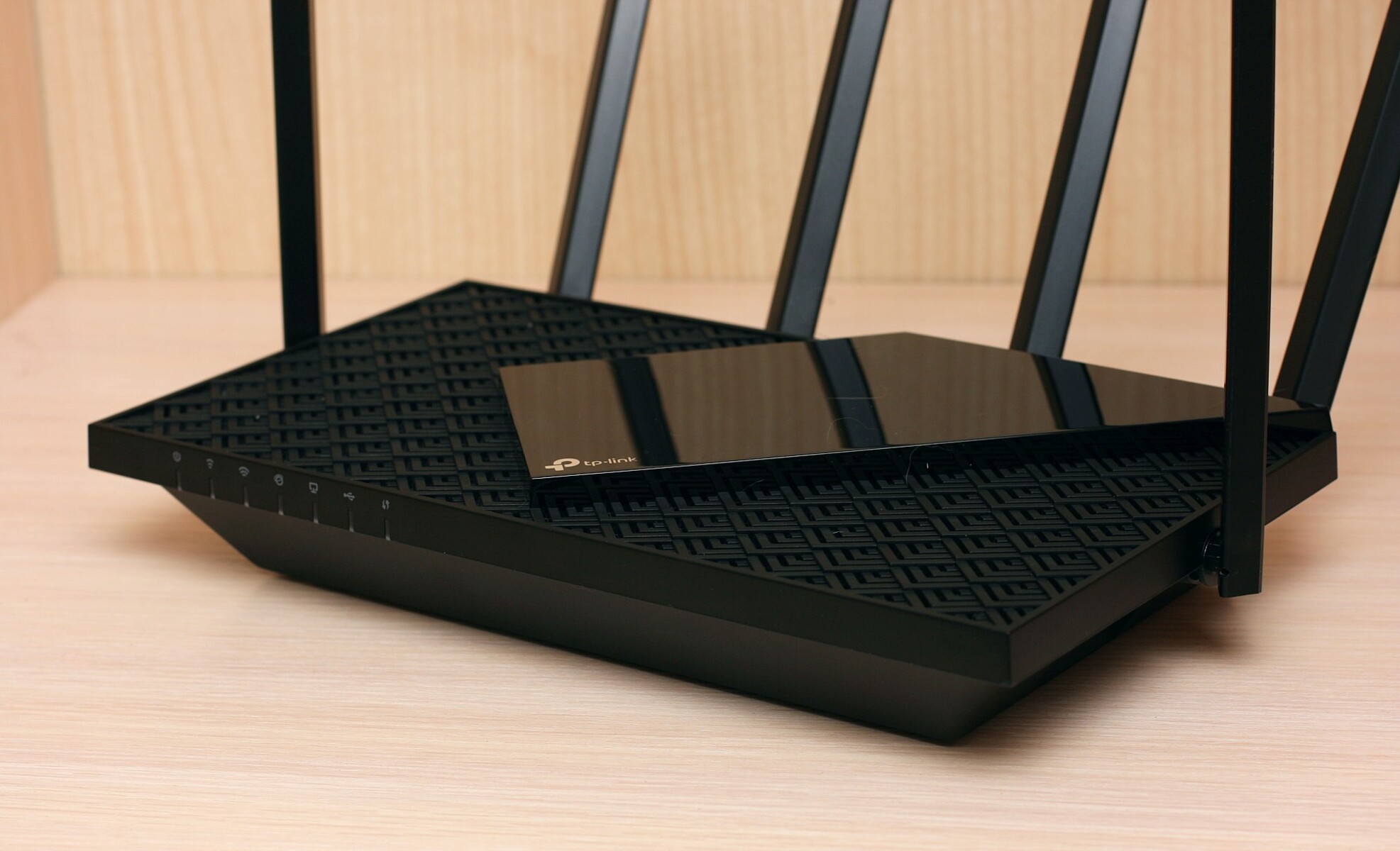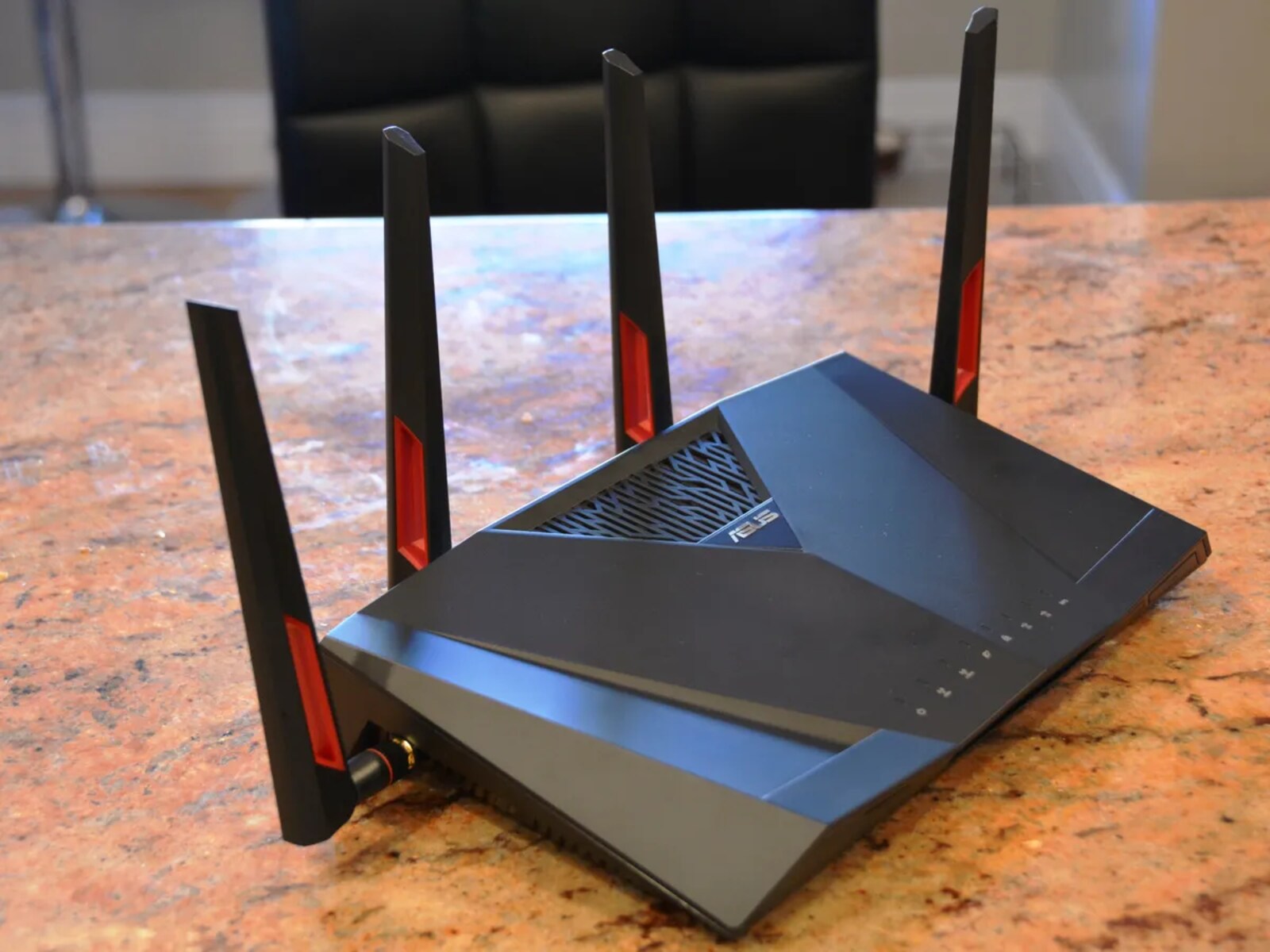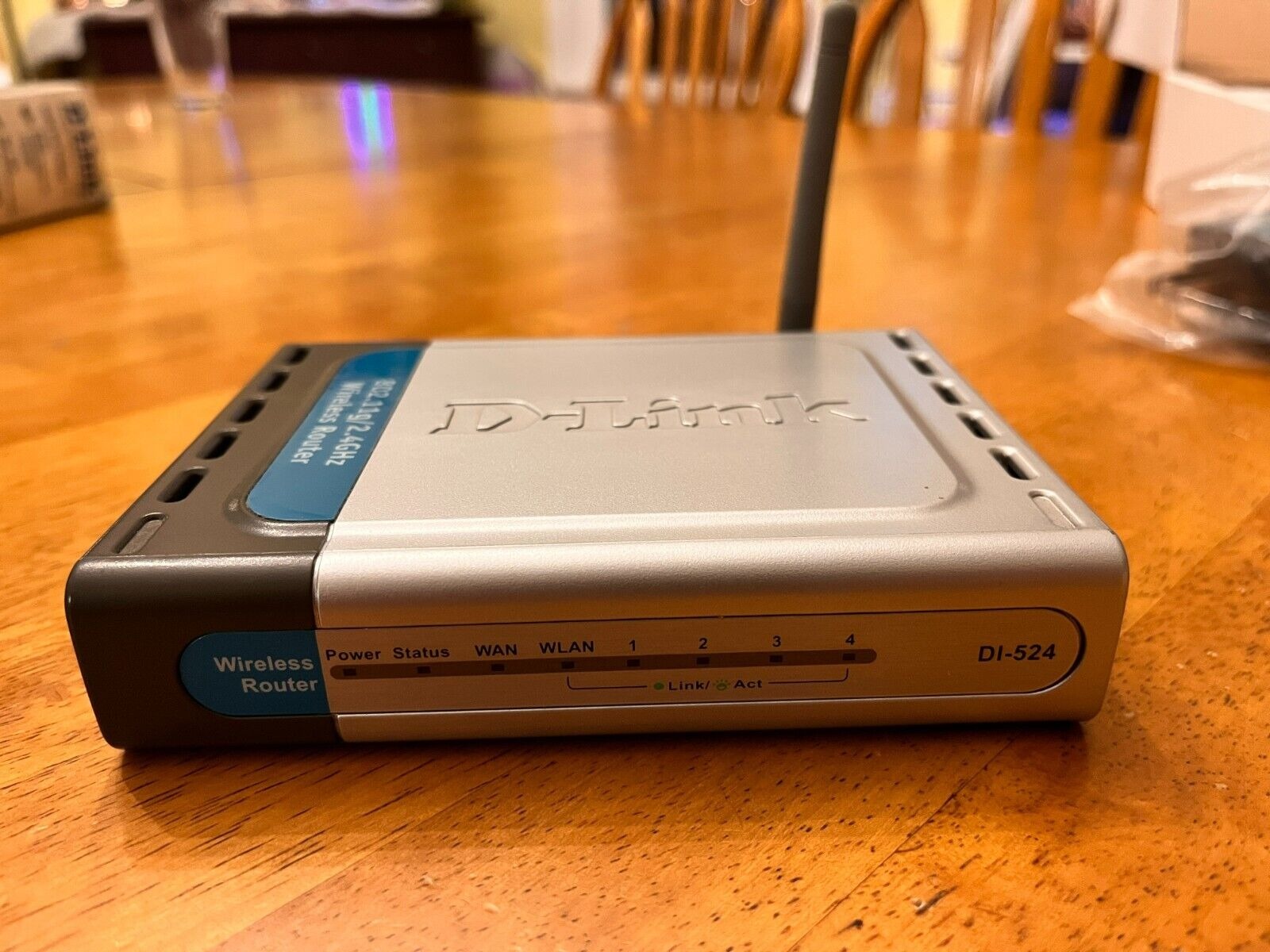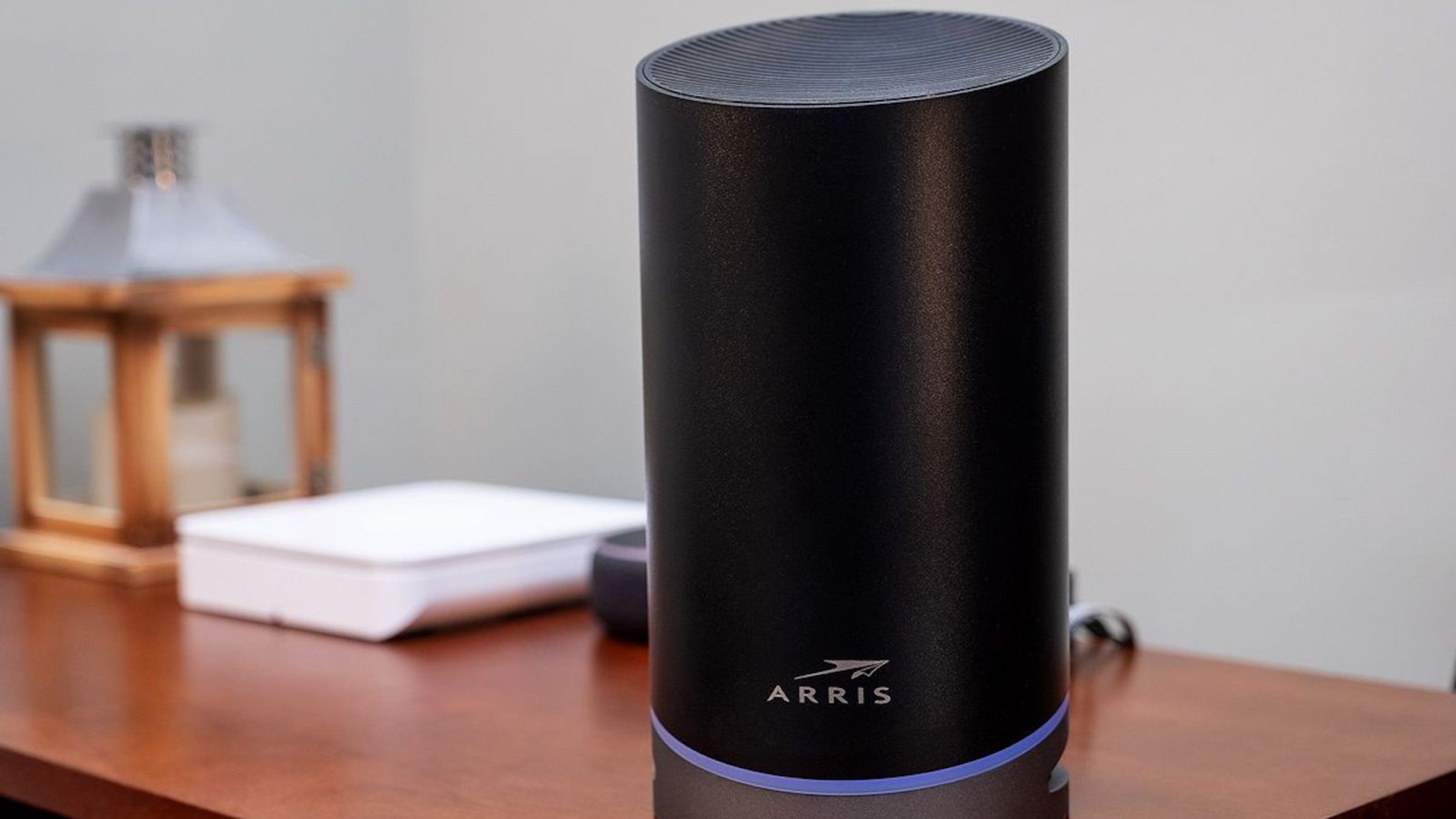Introduction
Welcome to our guide on how to make your wireless router secure. With the increasing reliance on Wi-Fi for internet connectivity, it’s crucial to ensure that your wireless router is protected against unauthorized access and potential security breaches. By taking a few simple steps, you can safeguard your network and enjoy a safe browsing experience.
In today’s digital age, wireless routers have become an essential part of our homes and offices. They provide us with the convenience of connecting multiple devices to the internet without the hassle of wires. However, this convenience comes with potential risks, as your Wi-Fi network can be vulnerable to hackers and malicious attacks.
In this guide, we will walk you through ten important steps to enhance the security of your wireless router. By implementing these measures, you can protect your personal and sensitive information, prevent unauthorized access to your network, and ensure a secure online environment for yourself and your devices.
It’s important to note that the exact steps may vary depending on the make and model of your router. However, the general principles and concepts discussed here are applicable to most routers. Before diving into the specific steps, it’s a good idea to familiarize yourself with your router’s user manual or visit the manufacturer’s website for any specific instructions.
Securing your wireless router not only protects your personal information but also helps contribute to the overall security of the internet. Unsecured routers can potentially be used by hackers to carry out malicious activities or to launch cyberattacks. By ensuring the security of your router, you are actively participating in creating a more secure online environment.
Without further ado, let’s get started with the first step: changing the default username and password of your router.
Step 1: Change the Default Username and Password
When you first set up your wireless router, it often comes with a default username and password. This information is widely known and can make your network vulnerable to unauthorized access. Therefore, the first step in securing your router is to change these default credentials.
Accessing your router’s settings usually involves typing its IP address into a web browser. You can find this information in the router’s user manual or on the manufacturer’s website. Once you’re in the settings interface, look for the option to change the username and password.
Choose a strong and unique username that is not easily guessable or linked to your personal information. Avoid using generic names like “admin” or “user.” Similarly, create a password that is difficult for others to guess but easy for you to remember. Make sure it is at least 12 characters long and includes a combination of uppercase and lowercase letters, numbers, and special characters.
Changing the default username and password adds an extra layer of protection to your router by making it more challenging for intruders to gain access to your network. It prevents them from exploiting known vulnerabilities that may exist in the default settings.
Remember to update your username and password regularly and avoid using the same credentials for multiple devices. This practice will further enhance the security of your network and reduce the risk of unauthorized access.
By following this simple step, you have taken an important stride towards securing your wireless router. In the next step, we will explore how to enable WPA2 encryption to protect the data transmitted through your network.
Step 2: Enable WPA2 Encryption
Enabling WPA2 (Wi-Fi Protected Access 2) encryption is crucial to secure your wireless network. This encryption protocol provides a high level of security by encrypting the data transmitted between your devices and the router. It replaces the older and less secure WEP (Wired Equivalent Privacy) and WPA (Wi-Fi Protected Access) protocols.
To enable WPA2 encryption, access your router’s settings by typing its IP address into a web browser. Once you’re in the settings interface, look for the wireless security or Wi-Fi security settings. Choose the option for WPA2 encryption.
While configuring WPA2, you will also need to set a passphrase or pre-shared key (PSK). This passphrase is used to authenticate devices that want to connect to your network. Choose a strong and unique passphrase that is at least 20 characters long. Make sure it includes a mix of letters, numbers, and special characters. Avoid using easily guessable passphrases like your birthdate or a common phrase.
Enabling WPA2 encryption protects your network from unauthorized access by ensuring that only devices with the correct passphrase can connect to your router. It encrypts the data transferred over the network, making it extremely difficult for hackers to intercept or decipher.
It’s important to note that older devices may not support WPA2 encryption. In such cases, consider upgrading those devices or using an alternate network, such as a guest network (which we’ll discuss later), for those devices.
By enabling WPA2 encryption, you significantly enhance the security of your wireless network. In the next step, we will explore how to enable a strong network name (SSID) to further safeguard your router.
Step 3: Enable a Strong Network Name (SSID)
The network name, also known as the Service Set Identifier (SSID), is the name of your wireless network that appears when devices search for available Wi-Fi networks. By default, routers often come with generic network names that may give away the router’s make or manufacturer. To enhance the security of your wireless network, it’s important to enable a strong and unique network name.
To change the network name, access your router’s settings by typing its IP address into a web browser. Once you’re in the settings interface, look for the wireless settings or SSID settings. Choose the option to change the network name.
When selecting a network name, avoid using personally identifiable information or any information that hackers could easily guess, such as your name, address, or phone number. Instead, opt for a unique and creative name that does not reveal any personal details.
For even greater security, consider disabling the option to broadcast the SSID. When the SSID is not broadcasted, your network will be hidden from devices searching for available Wi-Fi networks. This adds an extra layer of security by preventing casual users from easily detecting your network. However, please note that this may require manually entering the network name on each device you want to connect to the network.
Enabling a strong network name helps deter potential attackers from targeting your network. It makes it harder for them to identify your router and may discourage their attempts to gain unauthorized access. By setting a unique and non-personal network name, you contribute to the overall security of your wireless network.
In the next step, we will discuss how to disable remote administration to further protect your wireless router.
Step 4: Disable Remote Administration
Remote administration allows you to access your router’s settings from a remote location, which can be convenient for managing your network. However, leaving remote administration enabled can pose a security risk. Therefore, it is recommended to disable this feature to protect your wireless router.
To disable remote administration, access your router’s settings by typing its IP address into a web browser. Once you’re in the settings interface, look for the administration settings or remote management settings. Locate the option to disable remote administration and uncheck the box or toggle the switch to disable it.
Disabling remote administration ensures that only devices connected to your local network can access and manage your router’s settings. It prevents unauthorized users from remotely accessing your router and making changes to its configuration.
It’s worth noting that if you do need to access your router’s settings remotely, it is recommended to use a virtual private network (VPN) for a more secure connection. A VPN creates a secure and encrypted tunnel between your device and your network, protecting your data and preventing unauthorized access.
By disabling remote administration, you further strengthen the security of your wireless router. In the next step, we will discuss how to set up a guest network to provide a separate and secure Wi-Fi access for your guests.
Step 5: Set up a Guest Network
Setting up a guest network is a great way to enhance the security of your wireless router while providing a separate and secure Wi-Fi access for your guests. A guest network allows visitors to connect to the internet without gaining access to your main network or the devices connected to it.
To set up a guest network, access your router’s settings by typing its IP address into a web browser. Once you’re in the settings interface, look for the wireless settings or guest network settings. Enable the guest network feature and configure the settings as per your preferences.
When creating the guest network, it’s advisable to choose a different network name (SSID) and password from your main network. This helps to differentiate the guest network and keeps your main network more secure. Additionally, consider enabling a network isolation feature that prevents devices on the guest network from accessing devices on the main network.
By providing a separate network for guests, you can protect your main network and connected devices from any potential security vulnerabilities introduced by guest devices. It also ensures that guests have secure Wi-Fi access without compromising your own network’s security.
Remember to periodically update the password for your guest network to maintain security. If you have frequent guests, consider creating a temporary password or using a captive portal system that requires guests to login and obtain a password before accessing the network.
Setting up a guest network demonstrates your commitment to security while still offering hospitality to your guests. In the next step, we will discuss the importance of keeping your router firmware updated to stay ahead of potential security flaws.
Step 6: Keep Your Router Firmware Updated
Keeping your router firmware updated is essential for maintaining the security and performance of your wireless network. Router manufacturers regularly release firmware updates that address security vulnerabilities, fix bugs, and provide new features. By updating your router’s firmware, you ensure that it has the latest security patches and improvements.
To check for firmware updates, access your router’s settings by typing its IP address into a web browser. Once you’re in the settings interface, look for the firmware or software update section. Check for any available updates and follow the instructions provided to install them.
It’s important to note that different router models may have different methods for updating firmware. Some routers may provide an automatic update feature, while others may require manual downloading and installation of firmware updates from the manufacturer’s website.
Updating your router firmware not only improves security but also helps in fixing any known bugs or issues that may affect its performance. It’s important to regularly check for firmware updates and install them as soon as they become available.
For added security, you can enable automatic firmware updates so that your router automatically downloads and installs the latest updates. This ensures that your router remains up-to-date without requiring manual intervention.
By keeping your router firmware updated, you stay one step ahead of potential security flaws and vulnerabilities. In the next step, we will discuss how to disable WPS (Wi-Fi Protected Setup), which can be a potential security risk.
Step 7: Disable WPS (Wi-Fi Protected Setup)
Wi-Fi Protected Setup (WPS) is a feature commonly found on wireless routers that allows for easy setup and connection of devices to your Wi-Fi network. However, this convenience comes at a cost to security, as WPS can be vulnerable to brute-force attacks and unauthorized access. It is advisable to disable WPS on your router to ensure maximum security.
To disable WPS, access your router’s settings by typing its IP address into a web browser. Once you’re in the settings interface, look for the WPS settings or Wi-Fi Protected Setup option. Disable or turn off the WPS feature.
Disabling WPS eliminates the potential security risks associated with this feature. Hackers can exploit the vulnerability of WPS by guessing or brute-forcing the PIN used for device authentication, gaining unauthorized access to your network.
It’s important to note that disabling WPS may not be available on all routers or may be located in different sections of the settings interface. Additionally, some routers may offer the option to enable a push-button method for WPS instead of the PIN method. It is strongly advised to disable both the PIN method and the push-button method to ensure maximum security.
By disabling WPS, you eliminate one potential security vulnerability, making it harder for malicious actors to gain unauthorized access to your wireless network. In the next step, we will discuss how to hide your network from the public eye.
Step 8: Hide Your Network from the Public Eye
Hiding your network from the public eye adds an extra layer of security by making your wireless network invisible to others. When your network is hidden, it’s less likely to be targeted by casual hackers scanning for available Wi-Fi networks. To hide your network, you need to disable the broadcast of your network’s SSID (Service Set Identifier).
To disable the broadcast of your network’s SSID, access your router’s settings by typing its IP address into a web browser. Once you’re in the settings interface, look for the wireless settings or SSID settings. Locate the option to disable SSID broadcast and uncheck the box or toggle the switch to hide your network.
After disabling SSID broadcast, your network will no longer appear in the list of available Wi-Fi networks on other devices. To connect to your network, users will need to manually enter the SSID and password. This adds an additional layer of security as potential hackers won’t know your network exists unless they already have this information.
It’s important to note that disabling SSID broadcast may not deter determined hackers, as they can still detect the presence of hidden networks through various methods. However, it does deter casual users and reduces the chances of your network being targeted. Keep in mind that manually connecting to a hidden network may be slightly less convenient for your own devices and guests, as they will need to enter the network details manually.
While hiding your network doesn’t guarantee absolute security, it is a simple step that can enhance the overall security of your wireless network. In the next step, we will discuss the importance of using a strong network password.
Step 9: Use a Strong Network Password
Using a strong network password is vital for protecting your wireless network from unauthorized access. A weak or easily guessable password can leave your network vulnerable to hackers and security breaches. It’s important to create a password that is both strong and unique.
When setting a network password, follow these guidelines:
- Make it long: Use a password that is at least 12 characters long. The longer the password, the harder it is to crack.
- Include a mix of characters: Use a combination of uppercase and lowercase letters, numbers, and special characters. This increases the complexity of the password.
- Avoid common words or phrases: Do not use easily guessable passwords such as “password” or “123456.” Hackers often have access to common password lists and can quickly crack these types of passwords.
- Avoid personal information: Do not use your name, birthdate, or any other personal information as part of your password. This information is often readily available or easily guessable by attackers.
- Don’t reuse passwords: Use a unique password for your wireless network and avoid using it for other online accounts. Reusing passwords increases the risk of multiple accounts being compromised if one password is discovered.
Regularly change your network password to further enhance security. Set reminders to update your password every few months or whenever you suspect a security breach or unauthorized access.
By using a strong network password, you significantly reduce the chances of unauthorized access to your wireless network. This simple step goes a long way in guarding your network against potential security threats. In the final step, we will discuss the importance of enabling MAC address filtering.
Step 10: Enable MAC Address Filtering
Enabling MAC address filtering is an additional security measure you can implement to further secure your wireless network. MAC address filtering allows you to control which devices can connect to your network based on their unique MAC addresses.
MAC addresses are unique identifiers assigned to each network adapter. By enabling MAC address filtering, you can create a list of allowed devices that are authorized to connect to your wireless network. Any device with a MAC address not on the list will be denied access.
To enable MAC address filtering, access your router’s settings by typing its IP address into a web browser. Once you’re in the settings interface, look for the MAC address filtering or access control settings. Enable the feature and add the MAC addresses of the devices you want to allow on your network to the allowed list.
To find a device’s MAC address, you can typically locate it in the settings or network information of the device. It consists of six pairs of alphanumeric characters separated by colons or hyphens (e.g., 00:1A:2B:3C:4D:5E).
Enabling MAC address filtering adds an extra layer of security to your wireless network by allowing only authorized devices to connect. However, it’s important to note that MAC addresses can be spoofed, meaning a determined attacker can impersonate an authorized device’s MAC address. Therefore, MAC address filtering should be used in conjunction with other security measures rather than relied upon as the sole means of protection.
By implementing MAC address filtering, you gain additional control over your network, ensuring that only approved devices can connect and reducing the risk of unauthorized access. This concludes our guide on how to make your wireless router more secure.
Conclusion
Securing your wireless router is essential to protect your network and ensure a safe browsing experience. By following the ten steps outlined in this guide, you can significantly reduce the risk of unauthorized access and potential security breaches. Let’s recap these important steps:
- Change the default username and password to prevent easy access by hackers.
- Enable WPA2 encryption to encrypt the data transmitted between devices and the router.
- Enable a strong network name (SSID) and consider hiding it to reduce the visibility of your network.
- Disable remote administration to prevent unauthorized access to your router’s settings.
- Set up a guest network to provide a separate and secure Wi-Fi access for your guests.
- Keep your router firmware updated to ensure you have the latest security patches and improvements.
- Disable WPS (Wi-Fi Protected Setup) to eliminate potential vulnerabilities.
- Hide your network from the public eye by disabling the broadcast of your SSID.
- Use a strong network password that is long, complex, and unique.
- Enable MAC address filtering to control which devices can connect to your network.
By implementing these measures, you can proactively protect your wireless router and create a secure environment for your online activities. It’s important to remember that securing your wireless router is an ongoing process. Regularly review and update your security settings, and stay informed about the latest security practices from your router manufacturer.
With a secure wireless network, you can browse the internet, connect your devices, and enjoy the convenience of Wi-Fi without compromising your digital safety. Take the necessary steps today to fortify your wireless router and ensure a secure online experience for yourself and those connected to your network.







